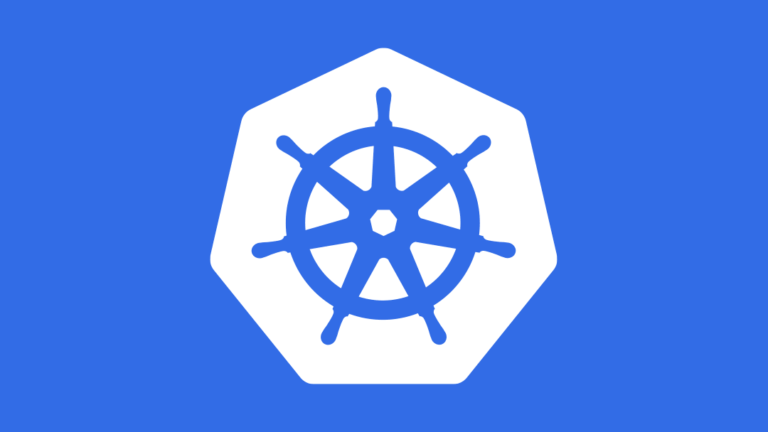The Time to Regain Control Over Multicloud Computing is Now

The great paradox of IT today is that while the individual cost of running a workload has decreased over the years thanks to the rise of cloud computing, the actual total cost of IT has increased. The main reason for this is that each IT platform employed is managed in isolation from all the other IT platforms that an organization continues to run. In addition to the Linux and Windows servers deployed in an on-premises IT environment, IT teams now also find themselves managing one or more additional public clouds.
Naturally, each IT platform employed requires an additional set of management frameworks that need to be mastered by an IT team. As the size of the IT staff increases so too does the total cost of IT. After all, the single largest IT expense has always been the cost of labor.
However, as IT leaders begin to reevaluate their IT strategies going into the New Year, there’s now a lot more pressure to rein in the cost of IT. In the immediate aftermath of the COVID-19 pandemic, the prevailing mindset was to spend whatever was required to build, deploy, and maintain applications. For the most part, that meant deploying more workloads on cloud platforms that are easily accessible from anywhere regardless of the longer-term cost implications. As is always the case when it comes to IT costs the piper eventually needs to be paid. Finance leaders will be expecting to see the IT organizations become a lot more economically efficient in 2022 as the pandemic continues to wane.
Unification This Way Comes
Fortunately, it’s becoming feasible for IT teams to regain control over their IT environment with the rise of Kubernetes clusters. Capable of running on any platform, the single most valuable aspect of Kubernetes is that it provides IT teams with a standard set of application programming interfaces (APIs) upon which other platforms can be constructed.
Mirantis Container Cloud takes advantage of those APIs to enable IT teams to deploy an application development and deployment platform anywhere they want. That core capability means IT teams never have to worry about being locked into a specific platform ever again.
Continuously updated by Mirantis, this modular platform also provides a set of REST APIs through which Mirantis Container Cloud and Mirantis Kubernetes Engine can be integrated with, for example, any continuous integration/continuous delivery (CI/CD) platform or identity access management (IAM) platform. Alternatively, IT teams can take advantage of those same APIs to replace any component of the platform as they best see fit.
Finally, via a single pane of glass an IT operations team can automate the entire lifecycle management process in a way that enables developers to self-service their own requirements so long as they conform to governance policies defined by an IT operations team.
The Rise of Hybrid Cloud Computing
Most IT organizations are on the same journey toward hybrid cloud computing. Some are further along than others, but it’s clear Kubernetes and Mirantis Container Cloud will accelerate the pace at which organizations are transitioning to hybrid cloud computing. The most critical thing for IT teams is to achieve that goal in a way that doesn’t require them to make any compromises when it comes to either cost or control.
Ultimately, centralized IT teams are trying to rein in shadow IT projects where, for example, an individual development team spun up some cloud resources using a corporate credit card. The more cloud infrastructure resources that are consumed under an agreement that requires specific consumption levels the lower the cost of those resources become. The challenge is making sure those resources are as readily available to developers as any cloud resource they may already be employing. No development team wants to wait for permission to write code. Ultimately, the goal needs to be finding a way to rein in costs without slowing down the rate at which code is written.
Summary
Most organizations today recognize how dependent they are on software to varying degrees. However, as more organizations embrace digital business transformation more widely it becomes apparent there is a need for a more consistent approach to building applications that can run anywhere. The issue now is identifying the handful of platforms capable of turning that aspiration into actual reality starting today.






